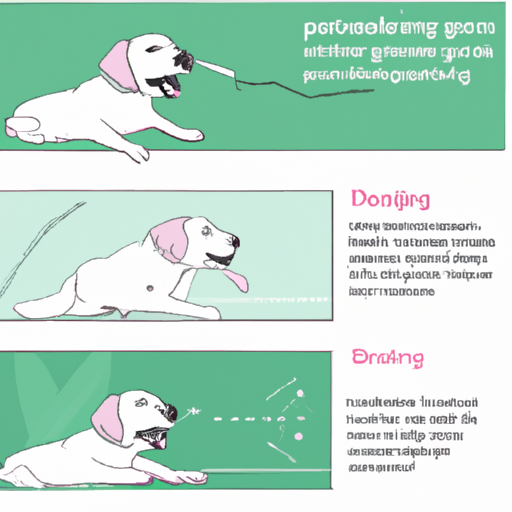Understanding Gabapentin
Gabapentin, a common medication prescribed by veterinarians, is primarily used to manage chronic pain in dogs, especially pain associated with nerve damage. It’s also used as an adjunct to seizure medications in dogs with chronic seizures. You, as a caregiver, may wonder about the effectiveness and timing of this medication for your furry friend.
How Gabapentin Works
Gabapentin works by blocking certain signals in the nervous system that result in the sensation of pain. It’s crucial to understand that gabapentin does not cure the underlying condition causing the pain, but it helps manage and reduce the discomfort your dog may be experiencing.
Timeframe for Gabapentin to Take Effect
Typically, you may start noticing the effect of gabapentin on your dog within 1 to 2 hours of administration. However, the time it takes gabapentin to work may vary depending on several factors including:
- The specific condition it’s being used to treat
- The dosage
- Your dog’s overall health and metabolism
Dosage and Side Effects
The dosage of gabapentin your vet prescribes will depend on your dog’s weight, age, and overall health condition. Common side effects include:
- Lethargy
- Wobbliness
- Diarrhea
- Vomiting
If you notice your dog experiencing any of these side effects, it’s important to contact your vet immediately.
| Weight of Dog | Dosage |
|---|---|
| Under 10 lbs | 100 mg |
| 10 – 20 lbs | 200 mg |
| Over 20 lbs | 300 mg |
Effective Management with Gabapentin
While gabapentin can be highly effective in managing your dog’s pain, it’s just one piece of the puzzle. Alongside medication, a balanced diet, regular exercise, and plenty of love and affection are key to your dog’s overall well-being.
Frequently Asked Questions
Q: Can I give my dog gabapentin without food?
A: Yes, gabapentin can be given with or without food.
Q: How long does the effect of gabapentin last?
A: The effects of gabapentin can last between 4 to 6 hours.
Q: Can I stop giving gabapentin abruptly?
A: No, stopping gabapentin suddenly can cause withdrawal symptoms. Always consult your vet before making changes to your dog’s medication.
Remember, as a caregiver, your dog’s health and happiness are in your hands. Always consult with your vet before starting or changing any medication regimen.



